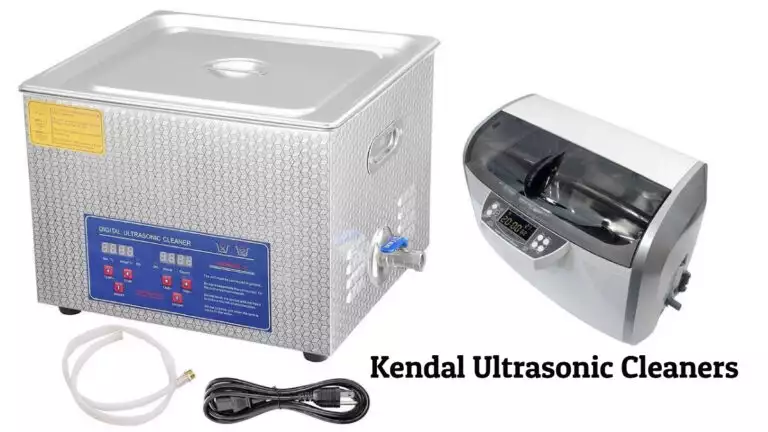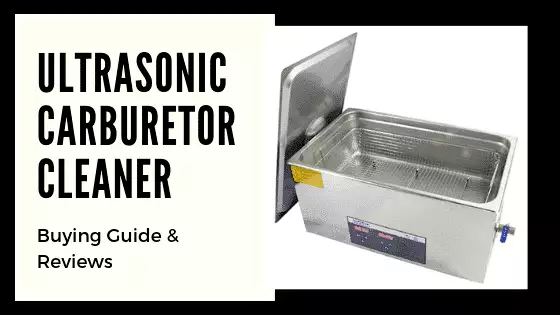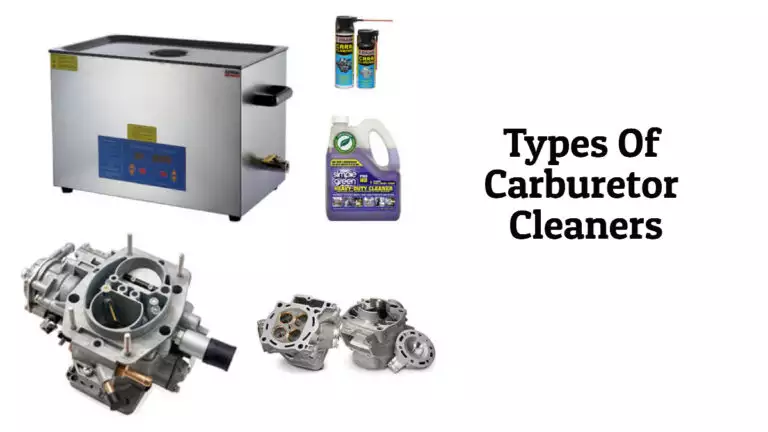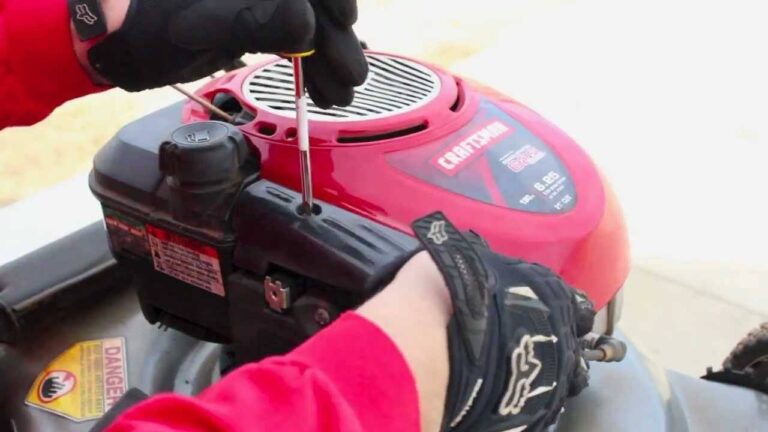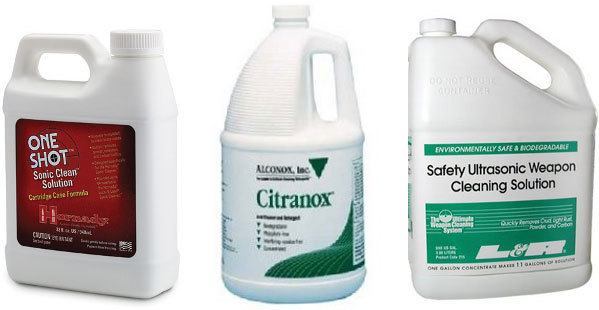How To Clean A Carburetor Without Removing It |4 Basic Steps
Perhaps no other component of a boat engine is as significant as the carburetor. If you have a boat with engine, you must know How To Clean A Carburetor Without Removing It. Its role in seeing to it that the air and the fuel mix thoroughly cannot go unappreciated. It is this component which in fact aids the engine to generate the thrust necessary to push the boat forwards.
Just like every other component of the boat, the carburetors are prone to all manner of hygiene issues. The sooth that develops as the fuel burns coupled with the residual oil deposits is but a few of the major causes of this dirt.
As a responsible boat owner, you have to know how to clean it for maximum convenience in times of use. We are here to offer you the necessary help. Even though disassembly before cleaning is great, it is time-consuming and requires a great deal of expertise. This is why you want to know how to clean it without disassembling it.
Learn How To Clean A Carburetor Without Removing
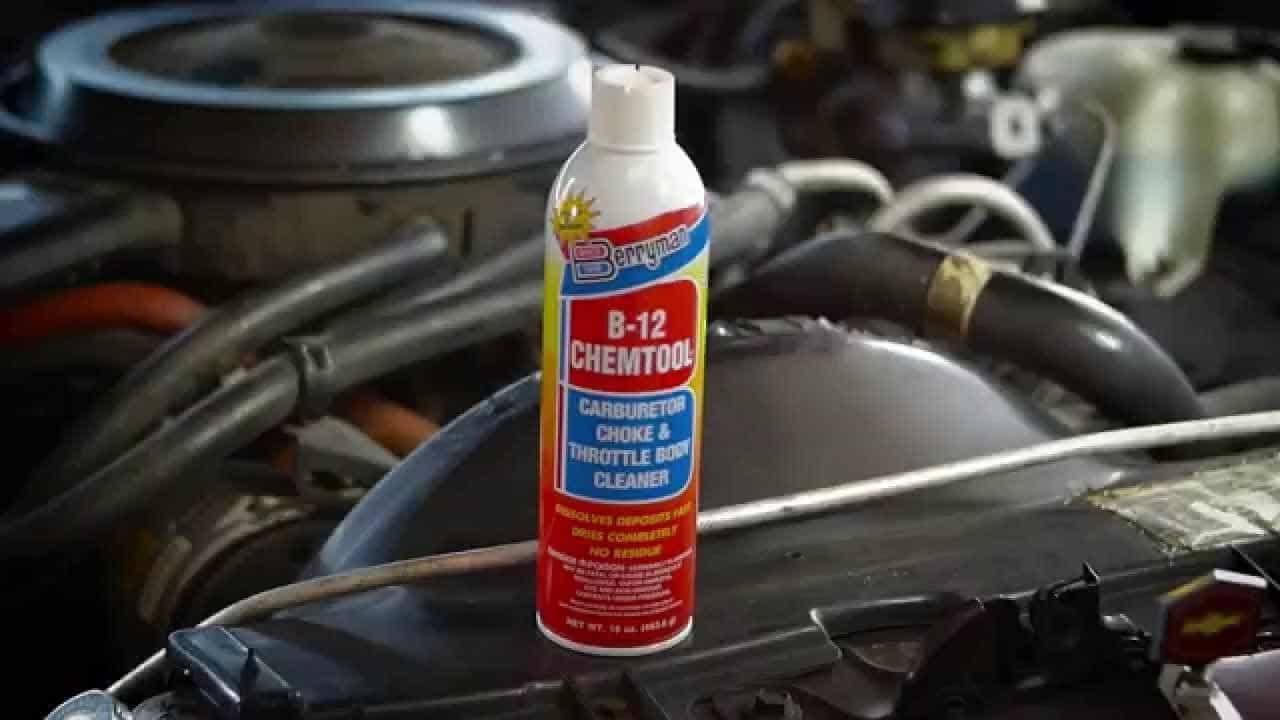
Also Read : Best Car Wash Hose Nozzle
Your answer lies in the use of the B12 Carburetor Cleaner. This is a special kind of cleaning agent which is formulated with the aim of getting rid of all kinds of dirt and debris in the carburetor. You buy it from the shop and then utilize it for the job. Follow the procedures stipulated below to make good use of it:
#1 Blend the cleaner with some gasoline
First and foremost, blend the cleaner with some gasoline. Generally speaking, you are advised to mix 4 ounces of the B12 cleaner with a full gasoline tank. To do this, you need to make use of a funnel to channel the cleaner into the tank slowly and meticulously. This is to ensure that the paint does not spill on the floor unnecessarily.
#2 Go for a slow ride
You now have to go for a slow ride in this second step. This is to let the cleaner flow through the idle engine and fuel system. Take note that you avoid hitting higher revolutions per minute while this cleaner is in the gasoline tank. You do not want to wash this oil off the cylinder tank walls at all. Immediately you note that the revolutions per minute are on the rise, it is a sign that the cleaner is operating just as anticipated. This is the time, therefore, to turn down the idle knob.
#3 Add some aerosol B12
To make sure that the carburetor is further cleaned and thoroughly for that matter, you want to add some aerosol B12 substance in the pilot air jet. This portion of the carburetor acts as the intake mouth. It is often hidden from view owing to its sensitivity and the potential risks that come along with its abuse or misuse. Refer to the manufacturer’s manual to know its location in your boat.
Also Read: best carburetor cleaner for small engines
#4 Test the Outcomes
Now test the outcomes to determine whether they closely mirror your expectations. Try to go for a faster ride and take note of the performance of the engine. In case the engine develops any quirky noise, chances are that the cleaning outcome is not what is expected. You might have to redo it all over again. PS: Please note that the products we mentioned above are in no way exclusive or special. Indeed, any other kind of cleaner might do. Only be sure that it is original and that it is potent enough to bring about long-lasting cleaning outcomes.
Also Read: CO-Z Ultrasonic Cleaner Reviews
Also Read: What is the Best Brake Caliper Press Tool?
how to clean a snowblower carburetor without removing it
Snowblowers are designed to run with a partially-closed throttle. This makes it easier to get started and keeps the engine warm during the initial startup. A closed throttle allows you to start the engine quickly and gives it enough power to maintain a strong running engine while you push the snow. When the snow stops falling, the snowblower shuts off and the throttle opens up, giving the engine the air needed to cool off.
However, it’s not uncommon for a snowblower to be used in the summer. When the snow stops falling, the engine cools down and the throttle will stay closed to save fuel. The engine will need to warm up before the snow falls again, meaning you’ll be using the throttle to start the engine. If the engine isn’t warm enough, the motor will fail to start and the engine will shut down.
Removing the carburetor from the snowblower will allow you to check the engine oil level, make sure the battery is charged, and clean the filter. Once you’ve checked everything and cleaned the filter, you can close the throttle and return the snowblower to service.
Tool Required: Snowblower Carburetor Without Removing
Carburetors are designed to withstand extreme temperatures. It’s very unlikely that you’ll be able to remove the carburetor without causing damage to it. However, a small amount of heat or moisture is okay, so if you’re working on a warm day, you should be fine.
- A small screwdriver
- An 8-inch metal bar
- A small, flathead screwdriver
- Duct tape
- Brake cleaner or other degreasers
- Water
what is the best way to clean the fuel tank on a lawn tractor?
It’s not uncommon for a lawn tractor to develop an oily film in the fuel tank. The main reason for this is that there’s no effective way to drain the tank, so any dirt or debris that falls into the tank stays there. You can’t effectively wash the tank with water or dish soap, and the filter doesn’t catch it all.
It’s important to keep the oil level of the tank above the minimum mark so that the engine has enough oil to lubricate and cool the piston rings. If the oil is too low, the rings won’t be able to provide the necessary lubrication and the engine will overheat, damaging the piston rings and possibly causing the engine to fail.
A good way to clean the fuel tank is to start the engine and use a garden hose with a spray attachment to blow the oil out of the tank. Do this until there’s no more oil in the tank. Then, while the engine is running, pour some brake cleaner into the tank and use a rag to wipe the bottom. Finally, remove the spark plug and wipe the area around it with a rag to remove any remaining oil.
Frequently Asked Question
Can you use WD 40 to clean the carburetor?
WD 40 contact cleaner is by far one of the best all in one carburetor spray cleaners.
What are the symptoms of dirty carburetors?
The simple & common indication is that you will be experiencing difficulties starting. However, there are a couple of symptoms described in detail here.
Will seafoam clean out a carburetor?
Yes, seafoam works to clean any small parts or engines that got clogged for using petroleum. See the process below:
how to clean a lawnmower carburetor
Follow the same process described here.
Conclusion
Cleaning a carburetor without removing it is fine. However, it can and should never replace wholesome cleaning exercises. This is because it does not impact the entire length and breadth of the engine as should be the case. You will, therefore, have to carry out a more comprehensive cleaning outcome from time to time. The task is also simpler to undertake as you may have noted. It does not require too much technical expertise to undertake and is, therefore, something that an average boat owner may do with ease. The bonus is on you to make the necessary arrangements to sharpen your skills in it. All the best as you prepare to clean your carburetor and engine the next time!


